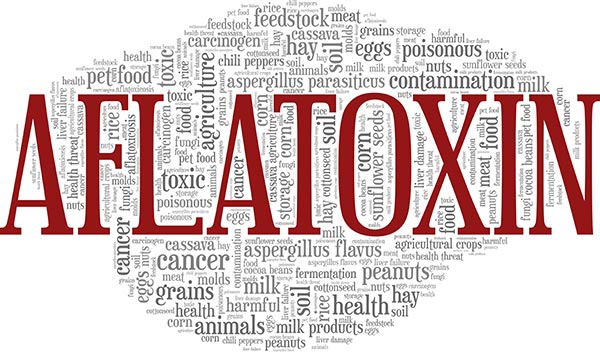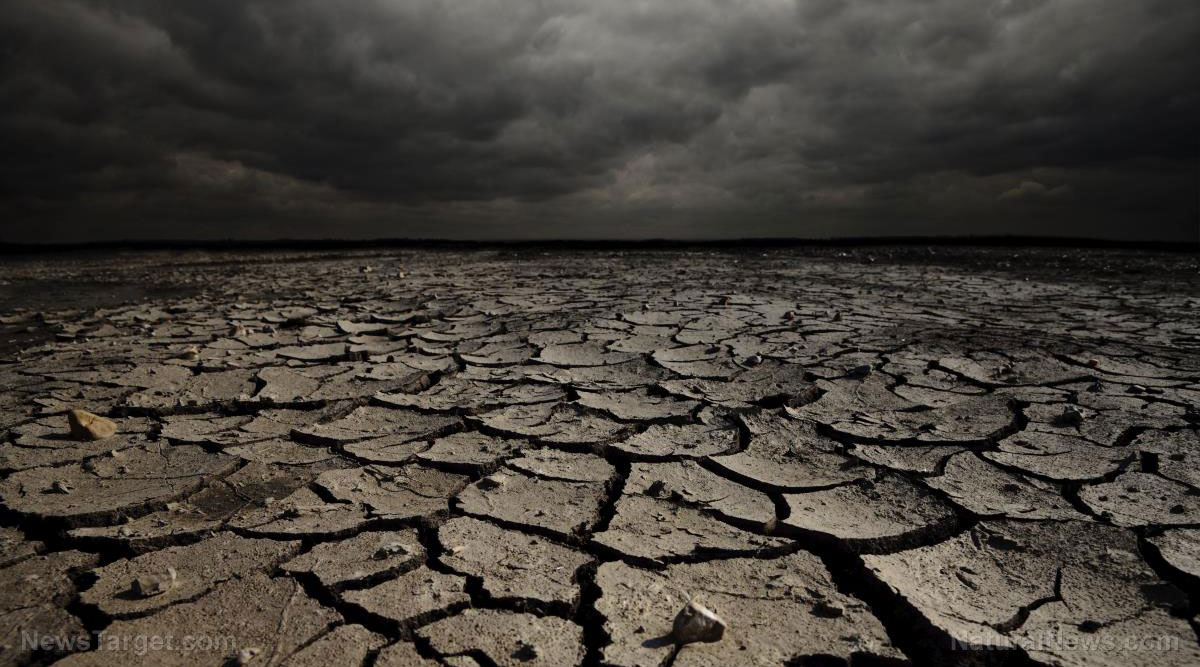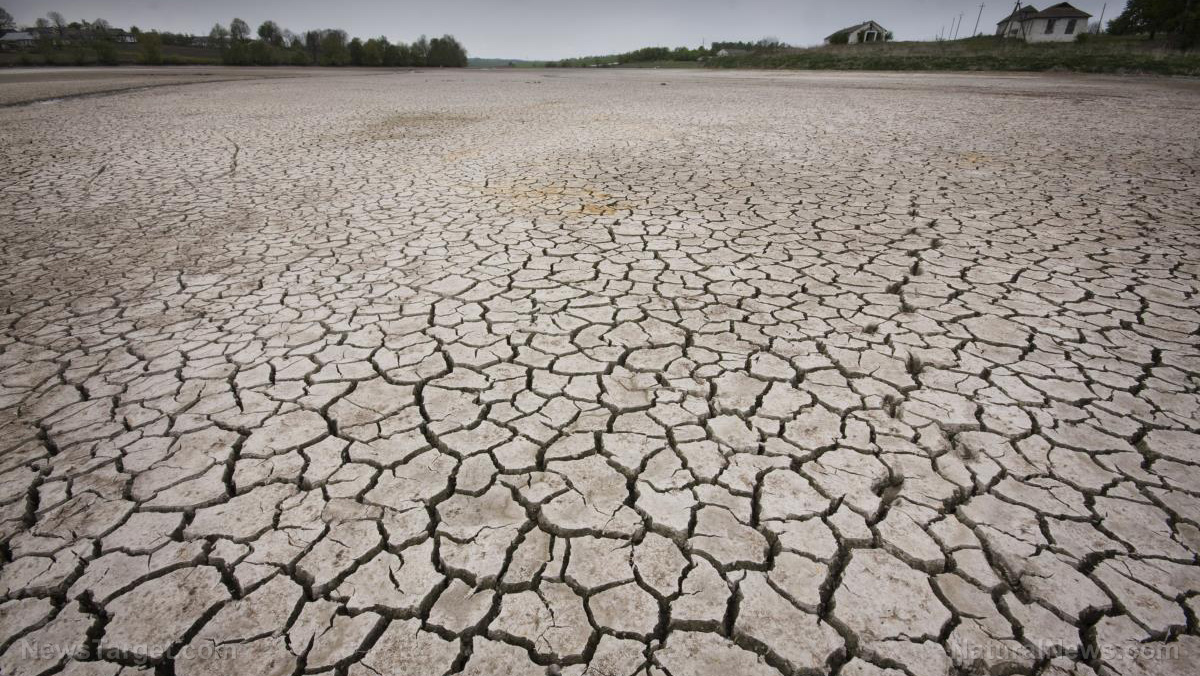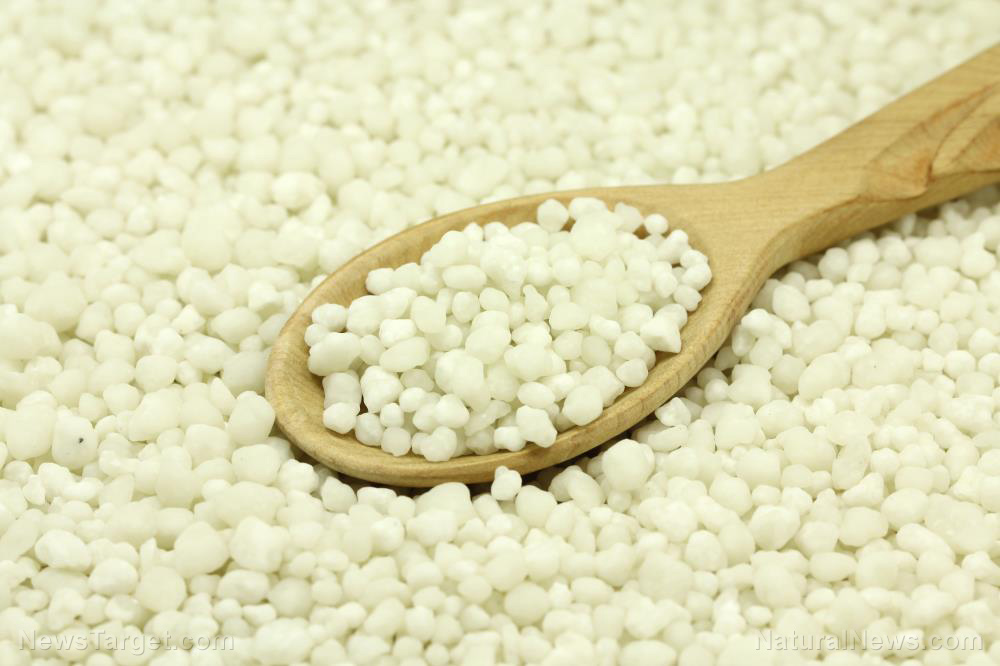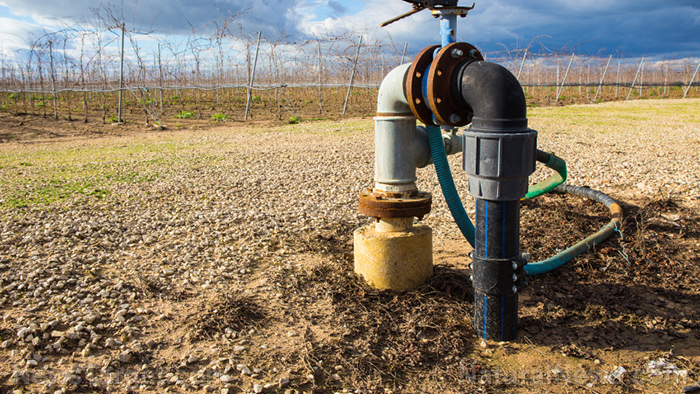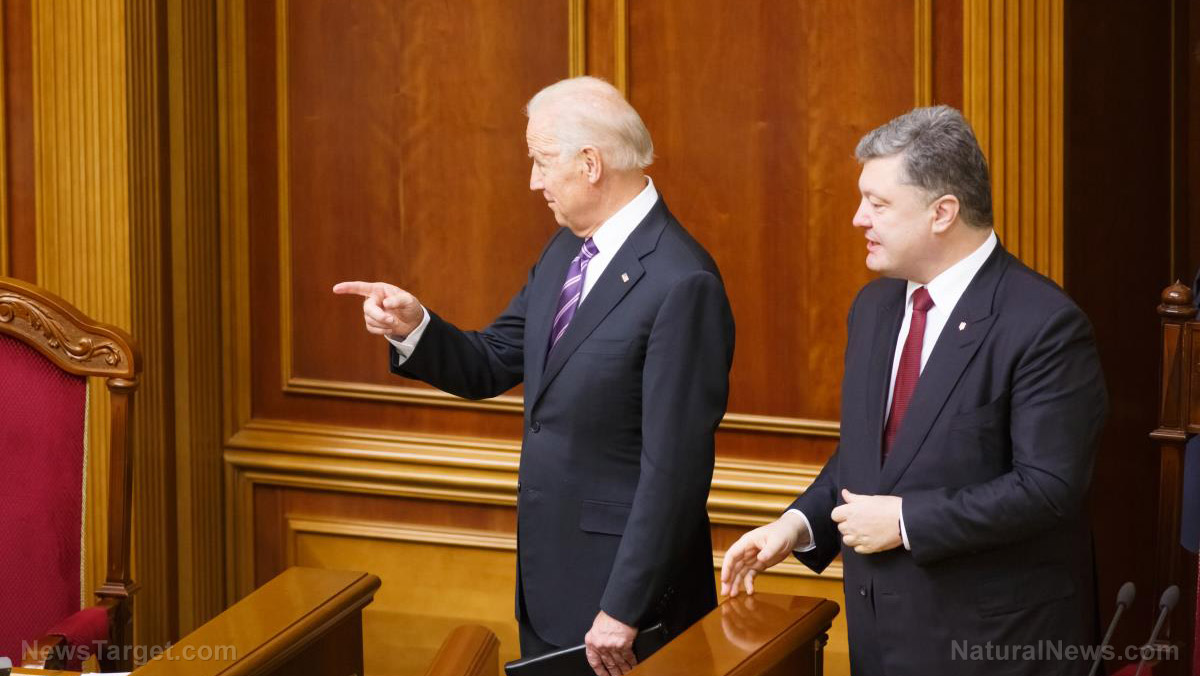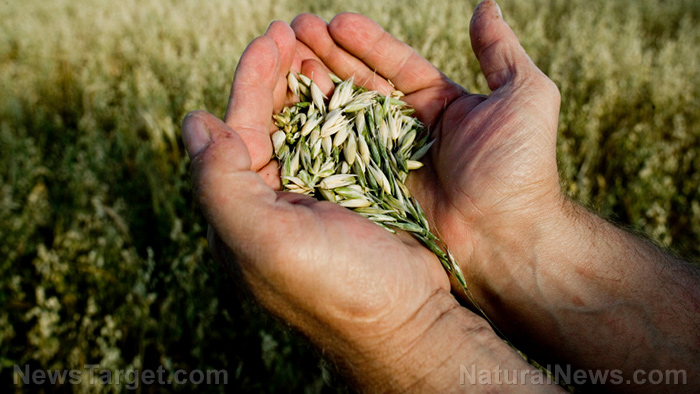Countries racing to take over global agriculture market following disappearance of Ukrainian and Russian food exports
05/04/2022 / By Arsenio Toledo
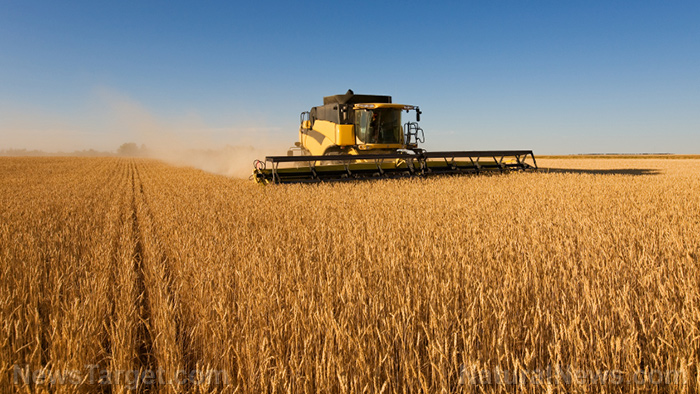
Multiple countries are rushing to increase their agricultural output to make up for the disappearance of Russian and Ukrainian agricultural exports as a consequence of the war.
Ukraine, known as the breadbasket of Europe, is still mostly unable to tend to its rich agricultural fields due to Russia’s invasion. Similarly, due to the Western economic sanctions placed upon Russia, almost all of its exports, including agricultural ones, are unable to leave the country.
This has resulted in a massive gap in the global agricultural market. India and the United States are just two of the many countries rushing to take over as many contracts as possible.
India, US looking to export more wheat
In India, farmers are taking advantage of high international prices for crops. Many are selling their crops to private traders instead of the state stockpiler, which is offering lower prices for their produce.
“After a long time, traders are ready to pay more than the MSP,” noted farmer Rajensingh Pawar, referring to the minimum support price, the price control put in place by the Food Corporation of India. “India’s rising wheat exports have helped farmers like us who are getting a far better return.”
“This is a golden opportunity for India to export its surpluses,” said Nitin Gupta, vice president for Olam Agro India, a food and agri-business.
One of the big concerns impeding the rosy outlook for Indian agricultural exports is the possibility that the sudden rise in temperatures could cause a drop in yields. The recent heatwave that hit India may force the government to revise its estimated wheat output for 2022, which is currently at a record 111.32 million tons.
In the U.S., the White House is asking Congress to approve a $500 million grant for the farm sector in a bid to get wheat producers to double-crop their fields.
The request aims to increase the production of U.S. crops, particularly wheat, for export. If Congress grants the White House’s request, the Department of Agriculture claims U.S. farmers could end up replacing up to 50 percent of the wheat typically exported by Ukraine.
Ukraine’s agriculture sector is unlikely to recover soon
In Ukraine, the country’s agricultural industry isn’t expected to begin recovering until at least the next year.
Ukrainian farmlands have been devastated by the war. Agricultural equipment has been destroyed, and many farms are even riddled with mines. The Ukrainian government in Kyiv alleged that these are deliberate acts of sabotage by Russian armed forces meant to hobble the Ukrainian agriculture sector. (Related: Ukraine farmers unable to work on their fields due to war, increasing fears of global food shortages.)
“The extent of damage to some farms, together with port disruption and a shortage of fertilizer, demonstrates how the war’s impact on Ukraine’s agriculture industry could extend well into next year,” wrote Alistair MacDonald for the Wall Street Journal.
Farmlands in Ukraine are either littered with mines or have large craters from where artillery strikes hit. Many people formerly employed on farms have already been killed and many more are currently serving in the Ukrainian armed forces.
Alex Lissitsa, chief executive of IMC, one of Ukraine’s largest agriculture companies, said that at this time of the year his workers should now be planting sunflowers and corn on around 30,000 hectares of land (74,132 acres) in the Chernihiv Oblast in northern Ukraine. Russian forces have strategically retreated from the area to focus their troops in eastern Ukraine.
“It looks like this year or even the year after, we will not be able to do anything here,” said Lissitsa.
Kyiv estimates that around 30 percent of farm fields in areas around Kyiv, including in the Chernihiv Oblast, are unusable due to the presence of mines and unexploded ordnance.
Ukraine’s farmers are also concerned about the lack of fertilizer and other chemicals used for protecting crops and raising yields per acre.
Before the war, Lissitsa’s corn fields would typically yield around 11 tons of produce per hectare (2.47 acres). “Now, I would be happy with eight tons per hectare, but it will definitely be less.”
Learn more about how the Ukraine war has affected the global agriculture market at WorldAgriculture.news.
Watch this episode of “Brighteon Conversations” as Mike Adams, the Health Ranger, speaks with sustainable living expert Marjory Wildcraft regarding concerns about food scarcity and global famine.
This video is from the Health Ranger Report channel on Brighteon.com.
More related stories:
Heatwave destroys wheat crops in India, accelerating global food collapse.
Global food prices surge to record highs; FAO warns of possible famine all over the world.
ECONOMIC COLLAPSE: War, pandemic will lead to global food shortages.
Sources include:
Submit a correction >>
Tagged Under:
agriculture, big government, Bubble, chaos, crops, economy, farmers, food collapse, food crisis, food exports, food production, food supply, harvest, India, market crash, products, Russia, supply chain, Ukraine, US, wheat shortage, World War III
This article may contain statements that reflect the opinion of the author
RECENT NEWS & ARTICLES
COPYRIGHT © 2017 HARVEST NEWS


